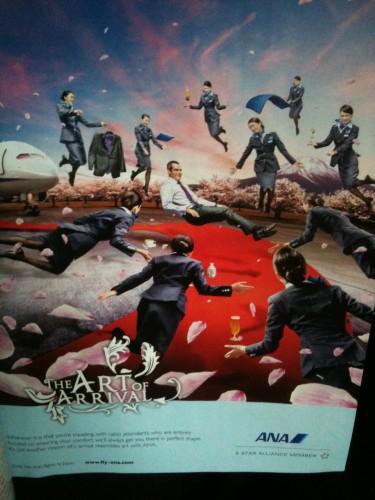At BoingBoing, German professor Michael Shaughnessy offered his insights regarding how Americans and Germans see and talk about color differently. Among other things, he noted how few foods in the U.S. are described as blue. Blueberries, of course. And blue cheese, I suppose. (Or “bleu” cheese, as TheophileEscargot points out.) But little or nothing else.
In contrast, Shaughnessy suggested that many more foods are described as blue in southern Germany. Notably, blue onions, blue grapes, and blue cabbage (pictured):
In northern Germany, however, “Blaukraut” is “Rotkohl.” That is, the same color (“blau”) is described as red “(“rot”). He ponders whether “red onions [in the U.S.] are truly red.” In fact, their better described as purple.
He continues, “Words, impacted by the visual, often vary at the crossroads between colors.” In other words, perception may be influenced by language and culture. Where does blue end and red begin?
UPDATE: In the comments Alissa notes:
German wikipedia tells me that the south/north naming difference results from the difference in prepararation of the food. in northern germany it is usually prepared with acidic substances like vinegar giving it a more reddisch color, thus “Rotkraut” (very good with apples), in southern germany sugar or natron is the ingredient of choice, which enhances the blue of the original purple color, hence “Blaukraut”.
Interesting!
Lisa Wade, PhD is an Associate Professor at Tulane University. She is the author of American Hookup, a book about college sexual culture; a textbook about gender; and a forthcoming introductory text: Terrible Magnificent Sociology. You can follow her on Twitter and Instagram.



















